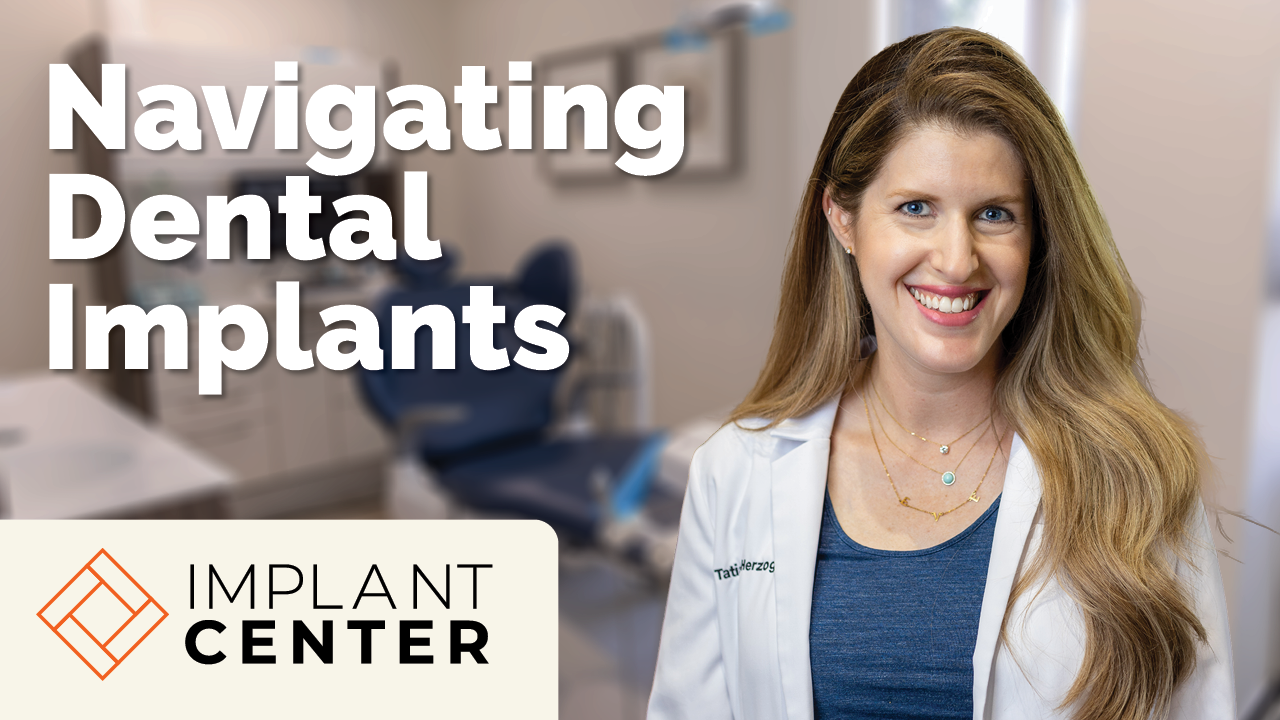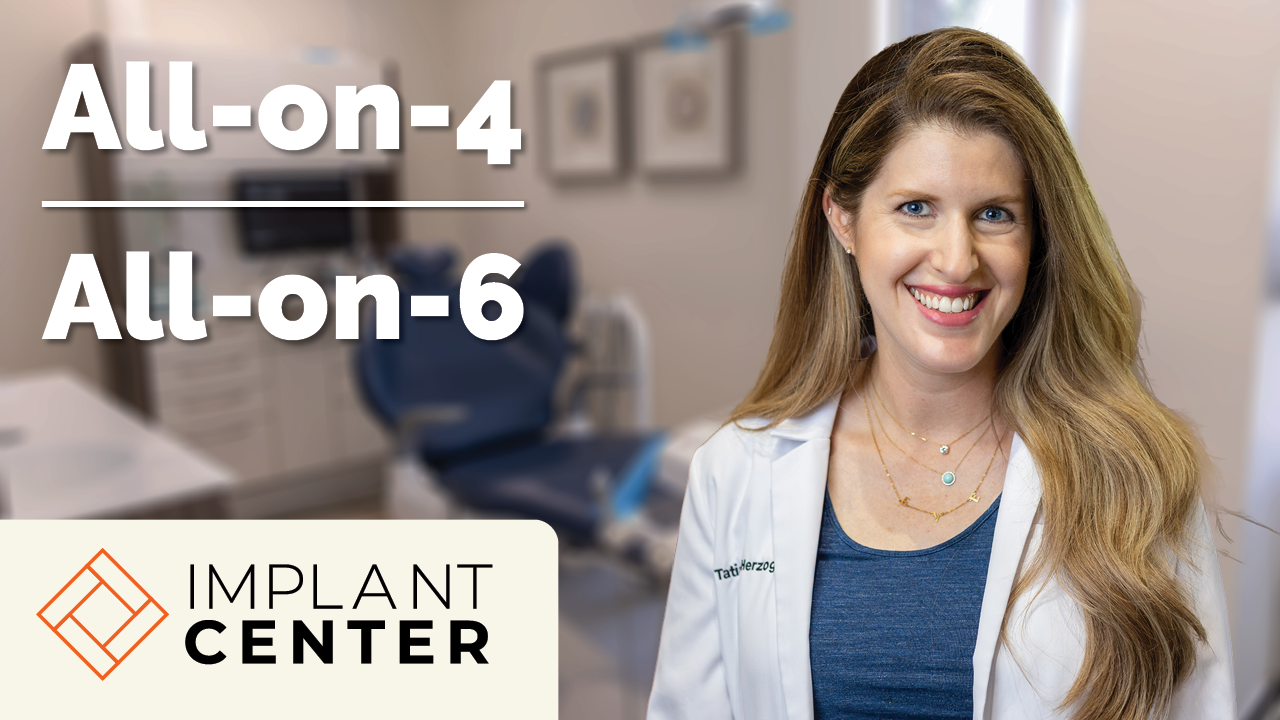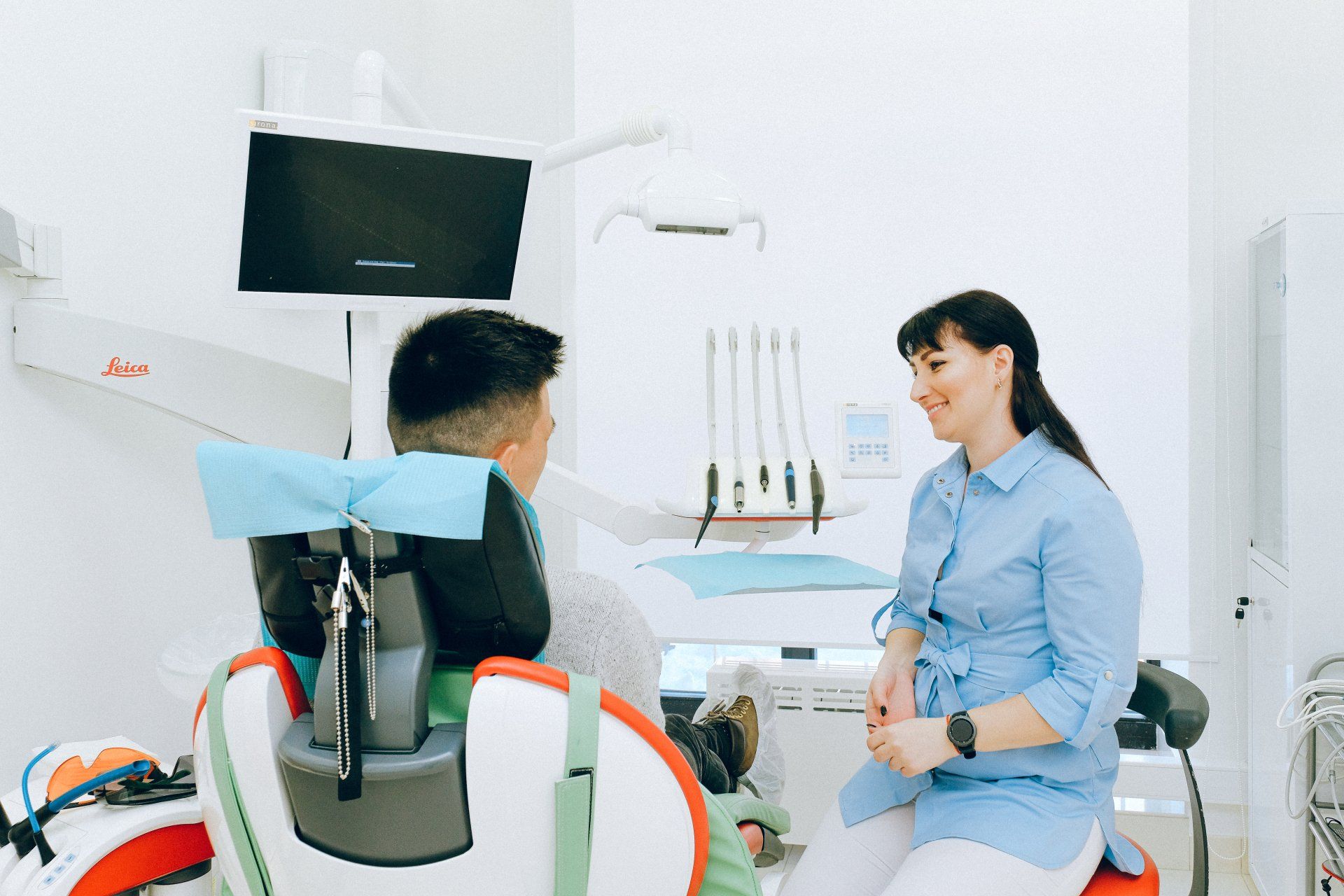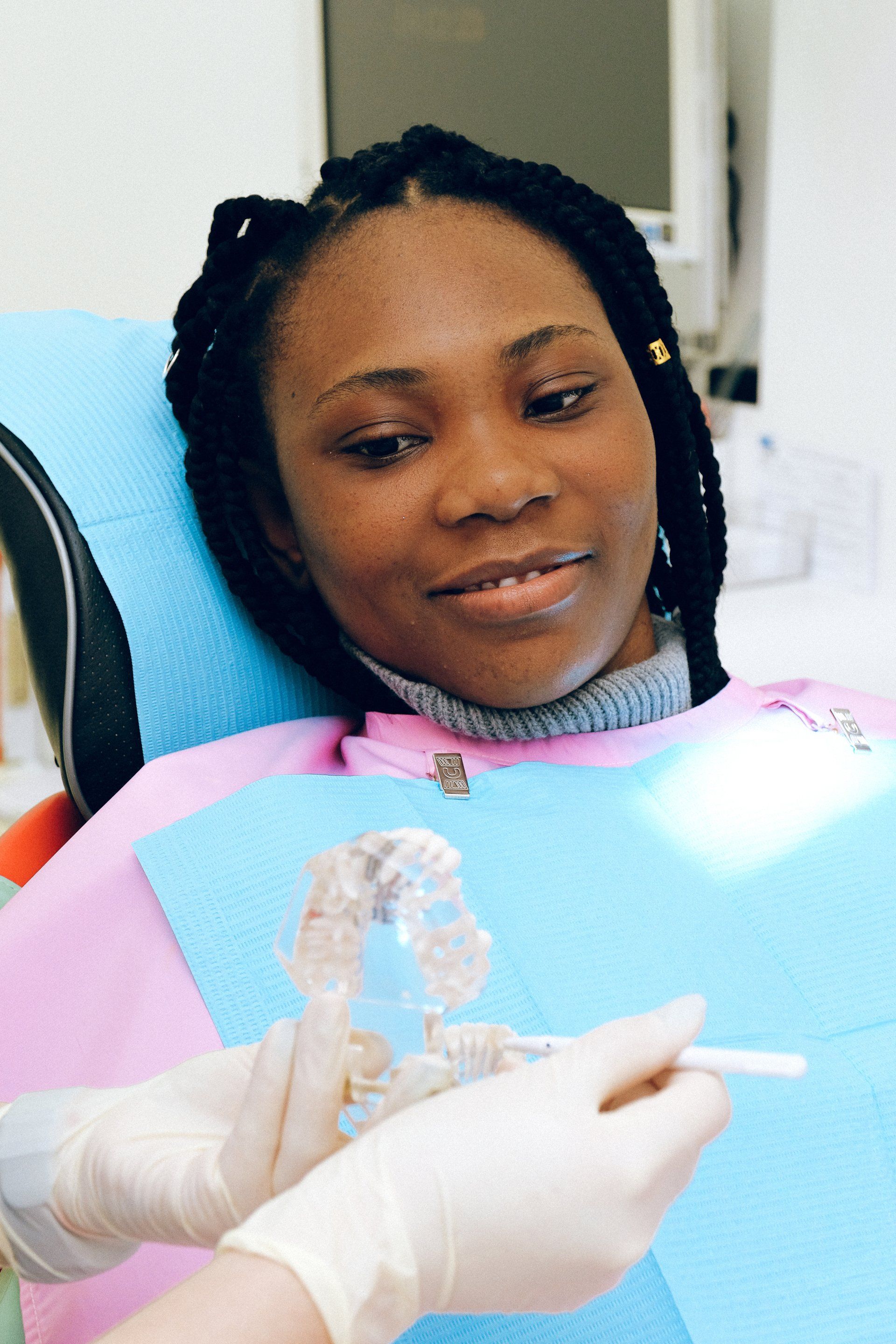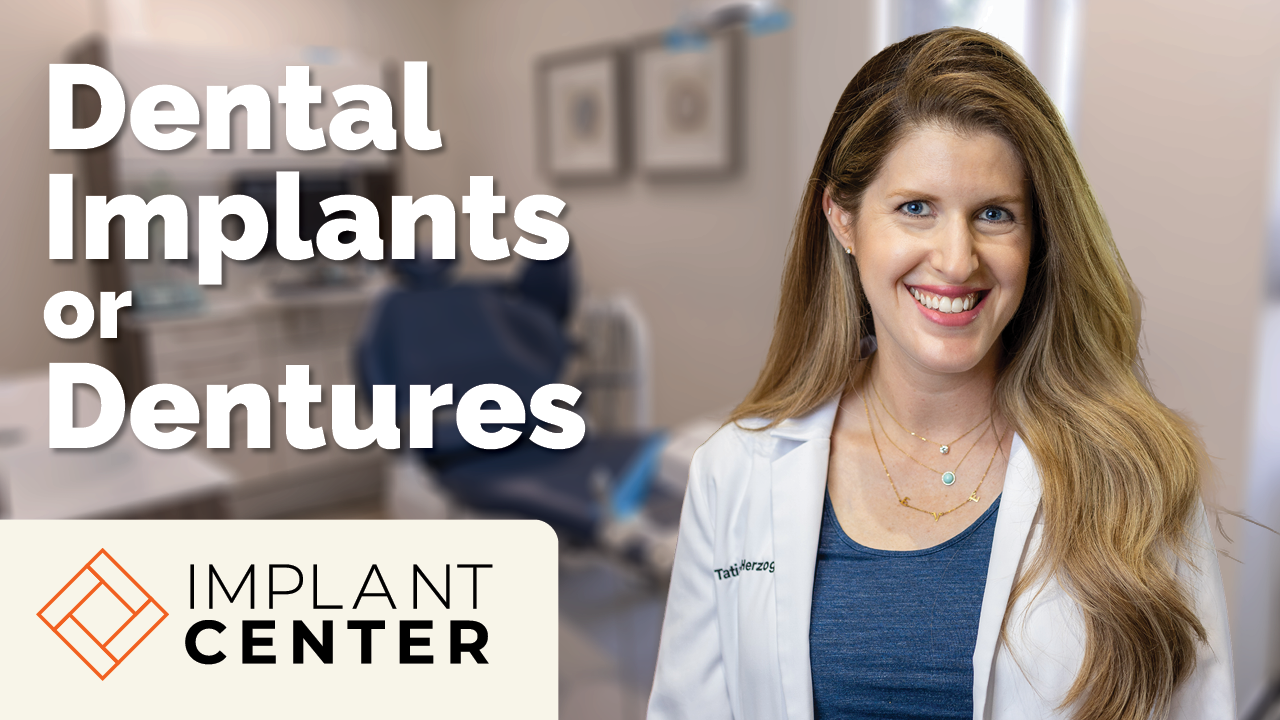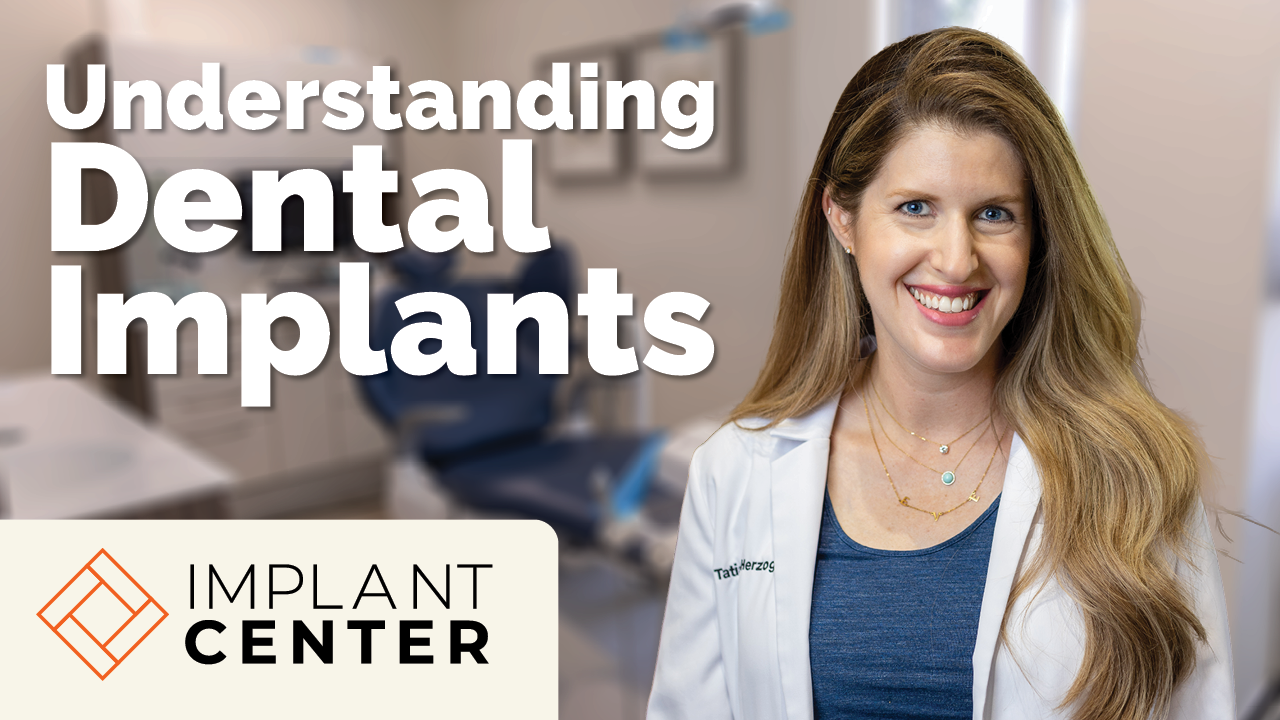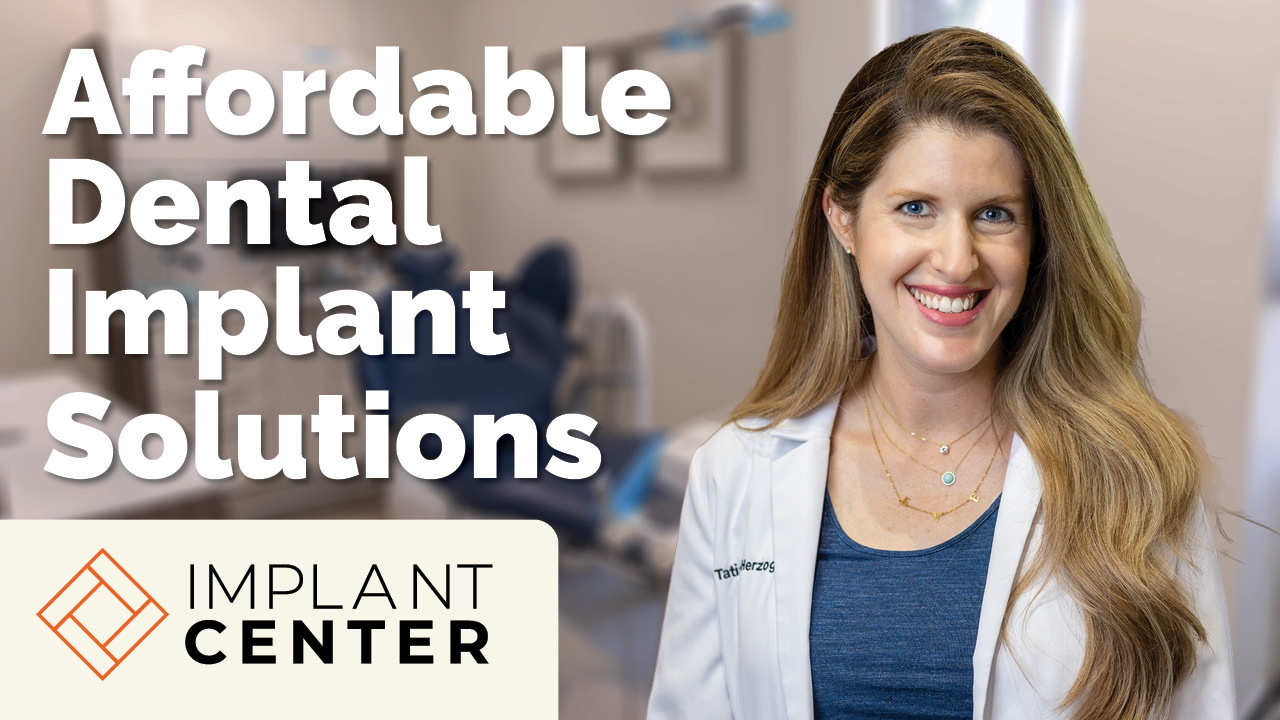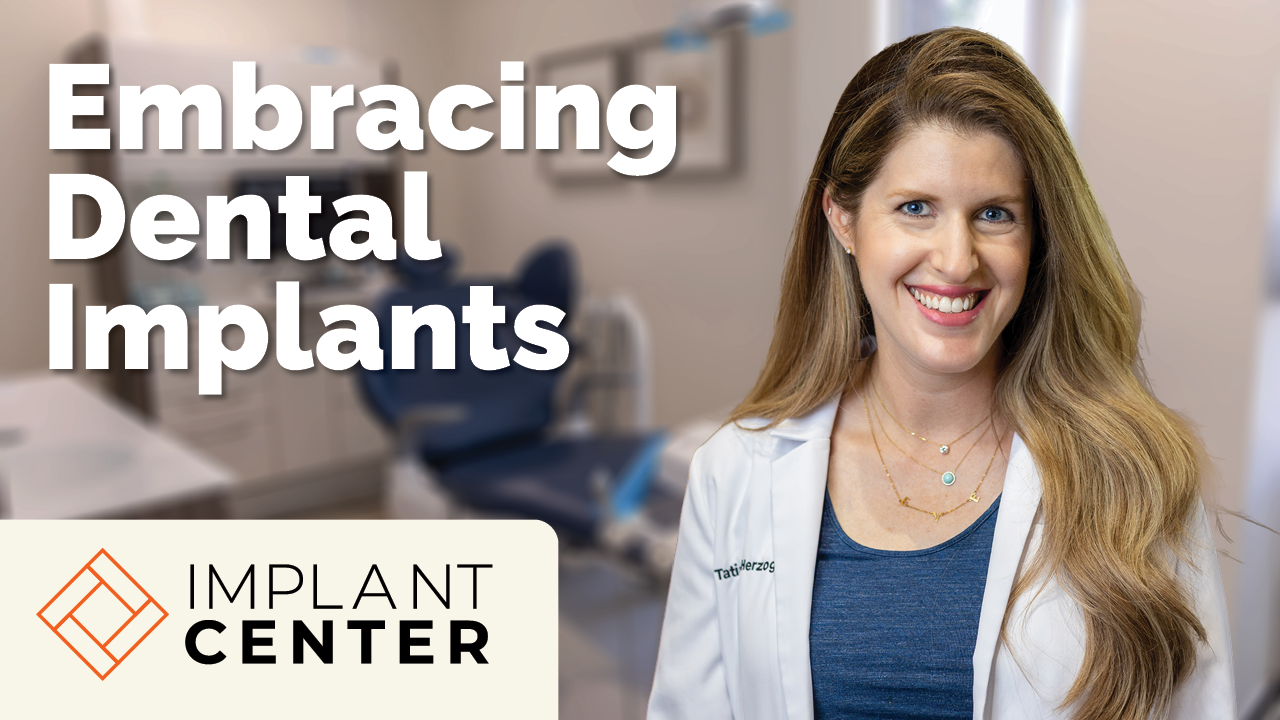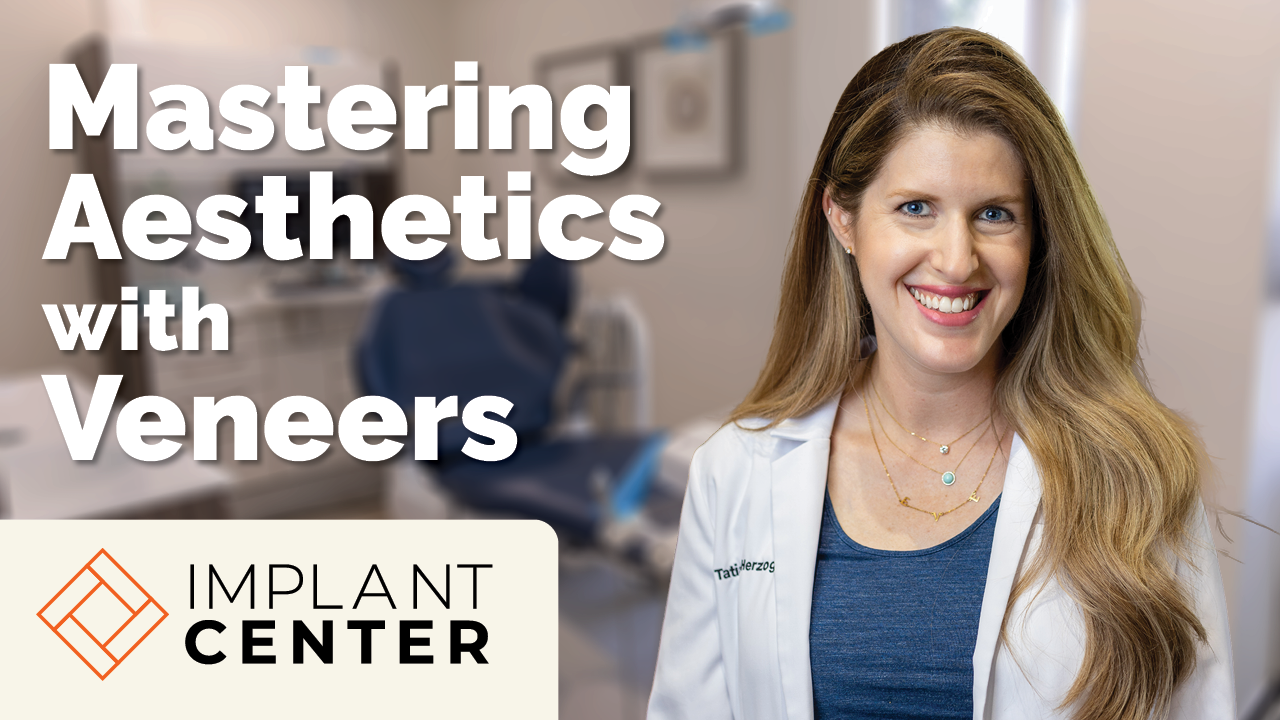@implantcenterofmia Feeling overwhelmed by your dentist's treatment plan? 😳 You’re not alone! It’s key to know the difference between necessary care and over-treatment. Don’t hesitate to get a second opinion—our team offers FREE consultations! 👉 DM us today! #DentalCare #SecondOpinion #OralHealth #HealthyTeeth #PatientFirst ♬ original sound - Implant Center of Miami
The Ultimate Frenectomy Guide
What is a frenectomy and why is it performed?
A frenectomy is a surgical procedure that involves the removal or release of a frenum, which is a small band of muscle or tissue that connects two body parts. Frenectomies are typically performed in the mouth, where the frena are located on the tongue, lips, and inside of the cheek. Frenectomies may be performed for several reasons, including:
- Difficulty breastfeeding: In newborns or infants, a tight frenum can cause difficulty latching on to the breast or bottle, leading to poor feeding and weight gain.
- Speech impediments: A tight lingual frenum can cause difficulty with certain speech sounds, such as "s," "z," "t," or "d." Removing the frenum can improve speech clarity.
- Orthodontic issues: In some cases, a tight maxillary labial frenum can cause a gap between the upper front teeth. Removing the frenum can help to close the gap and improve the alignment of the teeth.
- Other issues: In some cases, a frenectomy may be recommended to improve oral hygiene, reduce the risk of gum disease, or alleviate discomfort or irritation caused by a tight or short frenum.
Types of frenectomies: labial frenectomy, lingual frenectomy, and maxillary labial frenectomy
There are several types of frenectomies that can be performed, depending on the location of the frenum and the reason for the procedure. Here are three common types of frenectomies:
1. Labial frenectomy: This procedure involves the removal or release of the frenum that connects the upper lip to the gums. It may be performed to improve breastfeeding or to correct a gap between the upper front teeth.
2. Lingual frenectomy: This procedure involves the removal or release of the frenum that connects the tongue to the floor of the mouth. It may be performed to improve speech or to alleviate discomfort or irritation caused by a tight or short frenum.
3. Maxillary labial frenectomy: This procedure involves the removal or release of the frenum that connects the upper lip to the gums on the inside of the cheek. It may be performed to improve breastfeeding or to correct a gap between the upper front teeth.
Other types of frenectomies may be performed in other areas of the body, such as the hands or feet, to improve mobility or function.
Indications for a frenectomy: difficulty breastfeeding, speech impediments, orthodontic issues
There are several indications for a frenectomy, depending on the location of the frenum and the specific issue being addressed. Here are three common indications for a frenectomy:
1. Difficulty breastfeeding: A tight labial or maxillary labial frenum can cause difficulty latching on to the breast or bottle, leading to poor feeding and weight gain in newborns or infants. Removing or releasing the frenum can improve breastfeeding and support healthy growth and development.
2. Speech impediments: A tight lingual frenum can cause difficulty with certain speech sounds, such as "s," "z," "t," or "d." Removing the frenum can improve speech clarity and ease of articulation.
3. Orthodontic issues: In some cases, a tight maxillary labial frenum can cause a gap between the upper front teeth. Removing the frenum can help to close the gap and improve the alignment of the teeth. This may be recommended as part of an orthodontic treatment plan.
Other indications for a frenectomy may include improving oral hygiene, reducing the risk of gum disease, or alleviating discomfort or irritation caused by a tight or short frenum.
Preparation for a frenectomy: discussing the procedure with a healthcare provider, any necessary tests or imaging, and any necessary pre-procedure instructions
Before a frenectomy, it is important to discuss the procedure with a healthcare provider to understand the potential risks, benefits, and alternatives to the procedure. This may involve consulting with a dentist, oral surgeon, or other specialist, depending on the location and complexity of the frenectomy.
During the consultation, the healthcare provider will review the patient's medical history and conduct a physical examination, including an oral examination to assess the location and size of the frenum and any other relevant factors. The provider
may also recommend any necessary tests or imaging, such as x-rays or diagnostic photographs, to help plan the procedure.
The healthcare provider will also provide the patient with pre-procedure instructions, which may include:
1. Stopping certain medications: The provider may advise the patient to stop taking certain medications, such as blood thinners or certain supplements, for a period of time before the procedure to reduce the risk of bleeding.
2. Avoiding certain foods and drinks: The provider may advise the patient to avoid certain foods and drinks, such as tobacco, alcohol, and hot liquids, for a period of time before the procedure to reduce the risk of complications.
3. Arranging for transportation: The provider may recommend that the patient arrange for someone to drive them home after the procedure, as the effects of the anesthesia may impair the patient's ability to drive.
4. Pre-procedure fasting: The provider may recommend that the patient fast for a period of time before the procedure to reduce the risk of complications related to anesthesia. It is important for the patient to follow the provider's instructions carefully to ensure the best possible outcome and to minimize the risk of complications.
The frenectomy procedure: local anesthesia, excision of the frenum, and post-procedure care
The frenectomy procedure typically involves the following steps:
1. Local anesthesia: The healthcare provider will numb the area around the frenum using a local anesthetic. This will help to minimize discomfort during the procedure.
2. Excision of the frenum: The provider will use a scalpel or laser to remove the frenum, depending on the location and complexity of the procedure. In some cases, the provider may simply release the frenum rather than removing it completely.
3. Post-procedure care: After the procedure, the healthcare provider will provide the patient with post-procedure care instructions, which may include:
· Taking prescribed medications: The provider may prescribe pain medication to help manage discomfort after the procedure.
· Managing swelling and bruising: The provider may recommend applying ice to the area to reduce swelling and bruising, and may also recommend avoiding strenuous activity for a period of time to allow the area to heal.
· Maintaining good oral hygiene: The provider may recommend brushing and rinsing with an antimicrobial mouthwash to reduce the risk of infection and promote healing.
· Avoiding certain foods and drinks: The provider may recommend avoiding hot liquids, spicy foods, and alcohol for a period of time to reduce the risk of discomfort or irritation. It is important for the patient to follow the provider's instructions carefully to ensure the best possible outcome and to minimize the risk of complications.
Recovery from a frenectomy: swelling and discomfort, diet and oral hygiene, and when to resume normal activities
Recovery from a frenectomy typically involves managing swelling and discomfort, maintaining good oral hygiene, and avoiding certain foods and drinks for a period of time. Here are some general guidelines for recovery from a frenectomy:
1. Swelling and discomfort: After the procedure, the patient may experience swelling and discomfort in the treated area. The provider may recommend applying ice to the area to reduce swelling and bruising, and may also prescribe pain medication to help manage discomfort.
2. Diet and oral hygiene: It is important to maintain good oral hygiene after a frenectomy to reduce the risk of infection and promote healing. The provider may recommend brushing and rinsing with an antimicrobial mouthwash several times a day, and avoiding hot liquids, spicy foods, and alcohol for a period of time to reduce the risk of discomfort or irritation.
3. Resuming normal activities: The patient should avoid strenuous activity for a period of time after the procedure to allow the treated area to heal. The provider will provide specific instructions on when the patient can resume normal activities, such as returning to work or school, or participating in sports or other physical activities. It is important for the patient to follow the provider's instructions carefully to ensure the best possible outcome and to minimize the risk of complications.
Complications of a frenectomy: bleeding, infection, and scarring
Like any surgical procedure, a frenectomy carries a risk of complications. Here are three potential complications of a frenectomy:
1. Bleeding: Bleeding is a common complication of a frenectomy. The patient may need to apply pressure to the treated area to stop the bleeding, or the provider may need to use additional techniques to control the bleeding.
2. Infection: An infection can occur at the site of the incision or in the mouth. The provider may prescribe antibiotics to help prevent or treat an infection.
3. Scarring: Scarring is a common complication of any surgical procedure, including a frenectomy. In most cases, the scar will fade over time and will not be noticeable. However, in some cases, the scar may be more visible, depending on the location of the frenum and the patient's skin type.
It is important for the patient to follow the provider's instructions carefully to minimize the risk of complications and to ensure the best possible outcome. If the patient experiences any unusual symptoms or concerns after the procedure, they should contact the healthcare provider for further evaluation and treatment.
Alternative treatments to a frenectomy: speech therapy, orthodontic treatment, and other surgical options
There are several alternative treatments to a frenectomy that may be considered, depending on the specific issue being addressed. Here are three common alternatives to a frenectomy:
1. Speech therapy: If a frenectomy is being considered to improve speech clarity, speech therapy may be a viable alternative. A speech therapist can help the patient to develop and practice proper articulation techniques to improve speech sound production.
2. Orthodontic treatment: If a frenectomy is being considered to correct a gap between the upper front teeth, orthodontic treatment may be a viable alternative. Orthodontic treatment, such as braces or clear aligners, can help to realign the teeth and close the gap.
3. Other surgical options: In some cases, other surgical options may be considered, depending on the location and complexity of the issue being addressed. For example, if a frenectomy is being considered to improve breastfeeding, a provider may recommend alternative treatments such as a milk duct release or a breast reduction. It is important to discuss the potential risks, benefits, and alternatives to a frenectomy with a healthcare provider to determine the best course of treatment.
Frequently asked questions about frenectomies: how long does the procedure take, is it painful, and are there any long-term effects?
Frenectomies are relatively simple procedures that are typically performed in a dental office or an outpatient surgical center. Here are answers to three frequently asked questions about frenectomies:
1. How long does the procedure take? The duration of a frenectomy procedure can vary depending on the location and complexity of the procedure. In general, most frenectomies take less than an hour to complete.
2. Is it painful? The procedure is typically performed using local anesthesia, which numbs the area around the frenum. This helps to minimize discomfort during the procedure. Some patients may experience some discomfort or swelling after the procedure, but this can usually be managed with over-the-counter or prescription pain medication.
3. Are there any long-term effects? Most patients experience few, if any, long-term effects after a frenectomy. In some cases, there may be a risk of scarring, but this is typically minimal and will fade over time. Some patients may also experience changes in speech or breastfeeding after the procedure, but these changes are typically temporary and will resolve over time. It is important to follow the provider's post-procedure care instructions to ensure the best possible outcome and to minimize the risk of complications.
